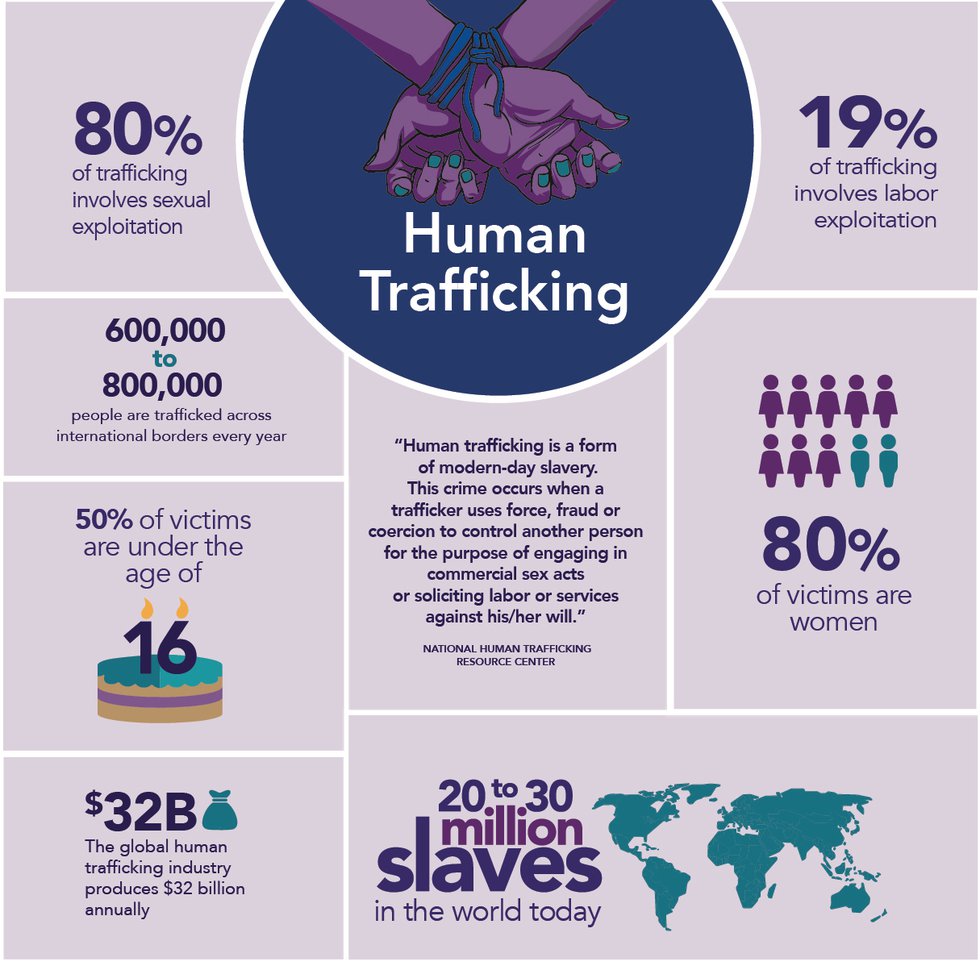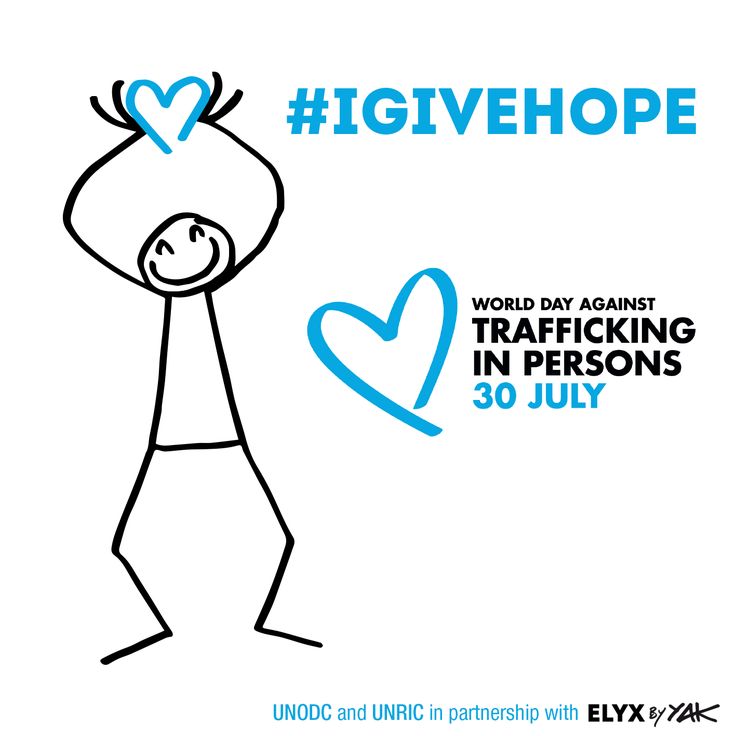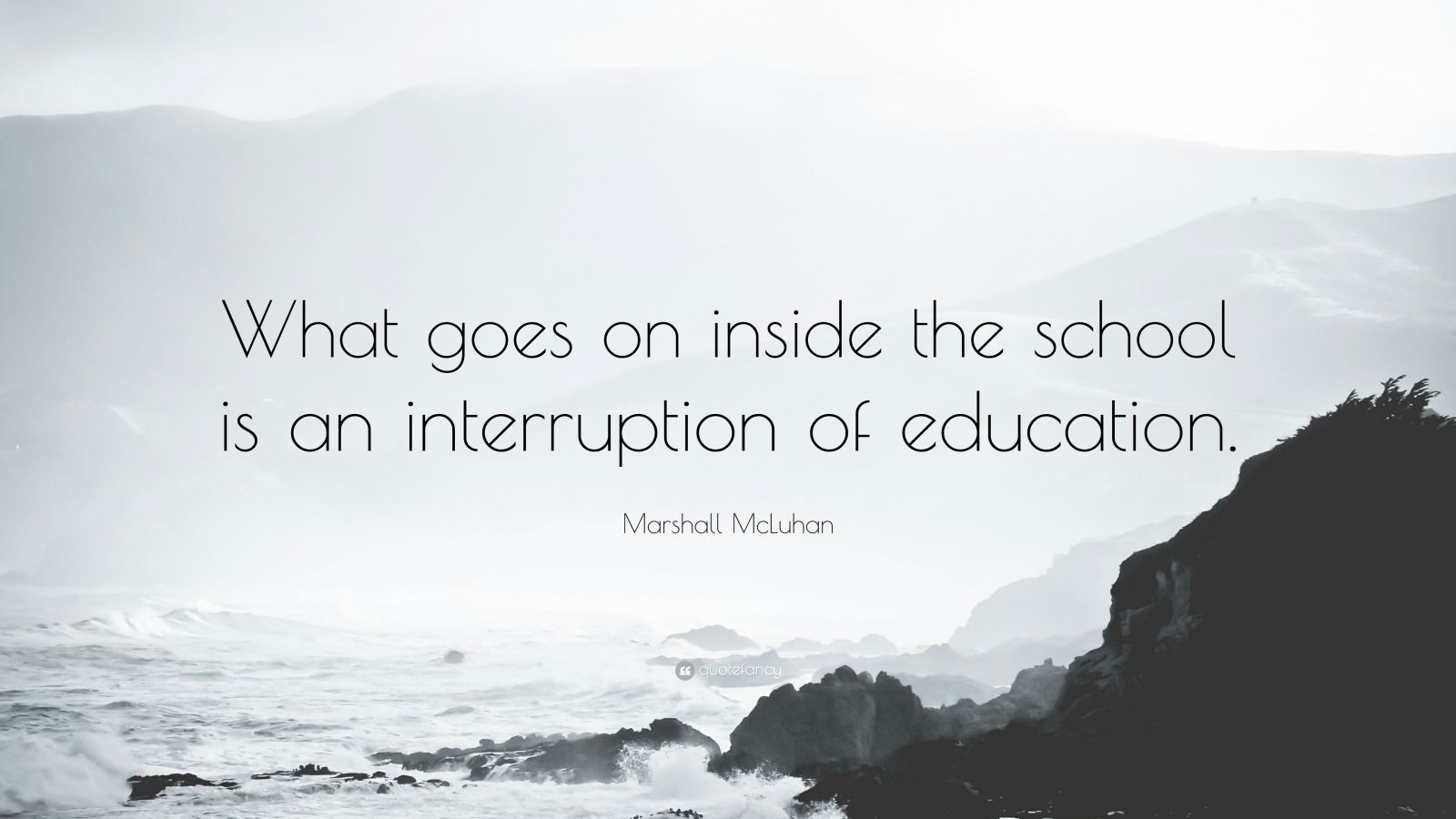"Human trafficking is a crime that exploits women, children and men for numerous purposes including forced labour and sex."
30 July marks the World Day Against Trafficking in Persons. To mark this special day, the United Nations Office on Drugs and Crime (UNODC) are encouraging people across the globe to express their solidarity with the millions of victims of human trafficking by giving back what they had stolen from them: hope.
The International Labour Organization estimates that 21 million people are victims of forced labour globally. This estimate also includes victims of human trafficking for labour and sexual exploitation. While it is not known how many of these victims were trafficked, the estimate implies that currently, there are millions of trafficking in persons victims in the world.
Every country in the world is affected by human trafficking, whether as a country of origin, transit, or destination for victims.
"Children make up almost a third of all human trafficking victims worldwide, according to the United Nations Office on Drugs and Crime Global Report on Trafficking in Persons. Additionally, women and girls comprise 71 per cent of human trafficking victims, the report states."
In September 2015, the world adopted the 2030 Sustainable Development Agenda and embraced goals and targets on trafficking in persons. These goals call for an end to trafficking and violence against children; as well as the need for measures against human trafficking, and they strive for the elimination of all forms of violence against and exploitation of women and girls.
Of the nineteen commitments adopted by countries in the Declaration, three are dedicated to concrete action against the crimes of human trafficking and migrant smuggling.
- Theme 2023
"Reach every victim of trafficking, leave no one behind."
This year the United Nations Office on Drugs and Crime (UNODC) has chosen ‘act to protect and assist trafficked persons’ as the focus of the World Day World Day Against Trafficking in Persons
Infographics: courtesy Bon Secours and Safe Harbor
This topic highlights one of the most pressing issues of our time - the large mixed migration movements of refugees and migrants. The theme puts the spotlight on the significant impact of conflict and natural disasters, as well as the resultant, multiple risks of human trafficking that many people face.
It addresses the key issue concerning trafficking responses: that most people are never identified as trafficking victims and therefore cannot access most of the assistance or protection provided.
credits: Elyx Yak
https://www.unodc.org/endht/
Education:
But we can change that. Together!
Teachers and students are enjoying the summer break. However, we can't forget those children and young adolescents who are among the human trafficking people.
This kind of inhuman violence against children is everywhere. We can't turn a blind eye. It’s impossible.
All children have the right to live free from traffick violence. Violence which keep children away from their family. Violence which harms their physical and mental growth. Violence which holds back every society.
We must show our solidarity with victims of human trafficking.
Participate online as a holiday activity on 30 July and all along the week, marking the World Day throughout the globe.
We have a school blog and social media accounts in our name or school account. We can alert our students about the World Day Against Trafficking Persons and call them to support #BlueHeart social media campaign.
I'm sure we and our students will support this #ActToProtect social media campaign.
Students love social media, they are connected all day long.And they are kind, they practice solidarity to other children and young people.
Note:
If you are preparing your lessons to the next school year (August or September depending of the country or continent where you are teaching), think to include this human subject into your Civics lessons. There's always time to share civic values.
G-Souto
30.07.2017
update 30.07.2023
Copyright © 2023G-Souto'sBlog, gsouto-digitalteacher.blogspot.com®

Civics Education : World Day Against Trafficking in Persons by G-Souto is licensed under a Creative Commons Attribution-NonCommercial-NoDerivatives 4.0 International License.






















